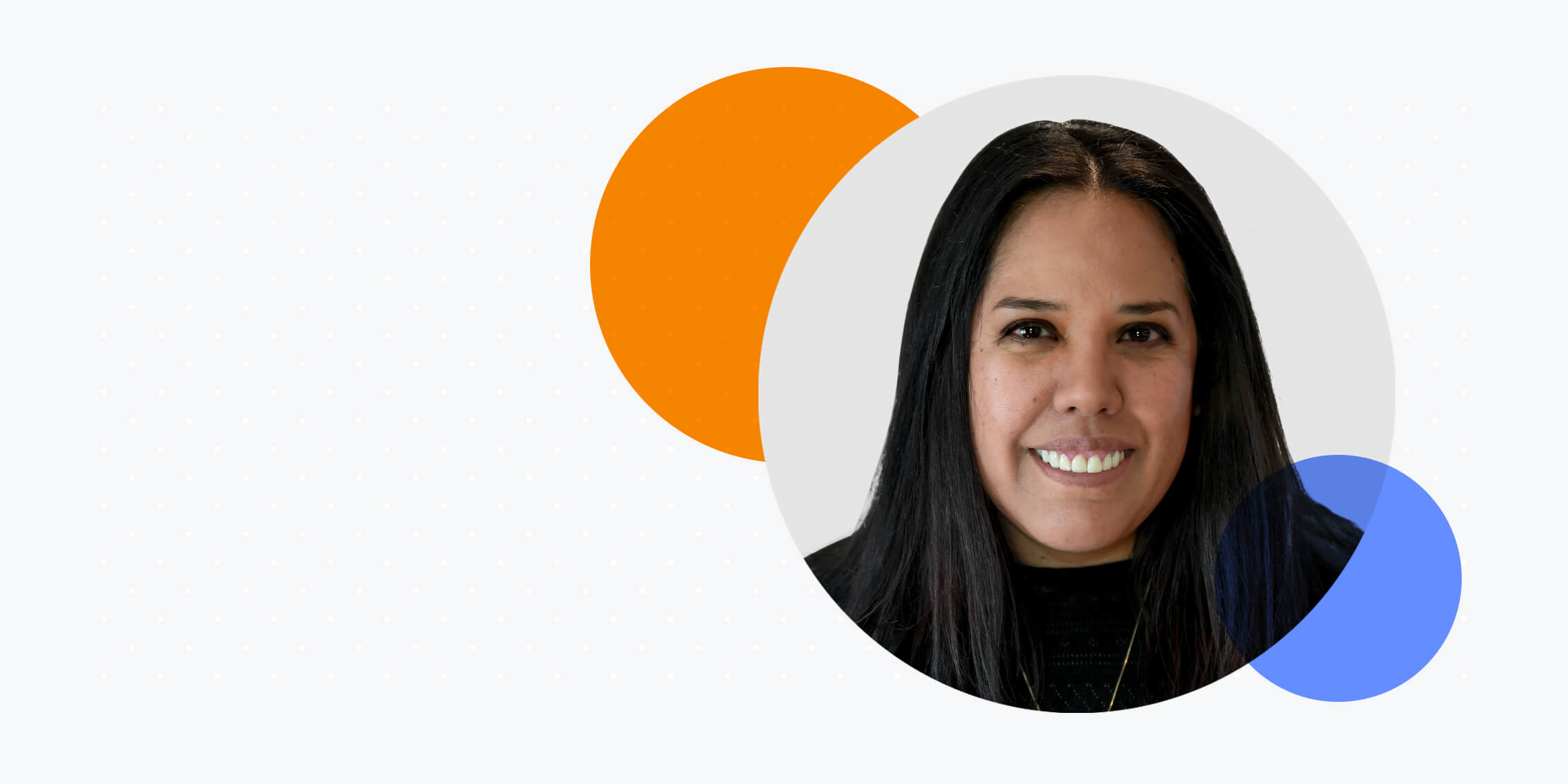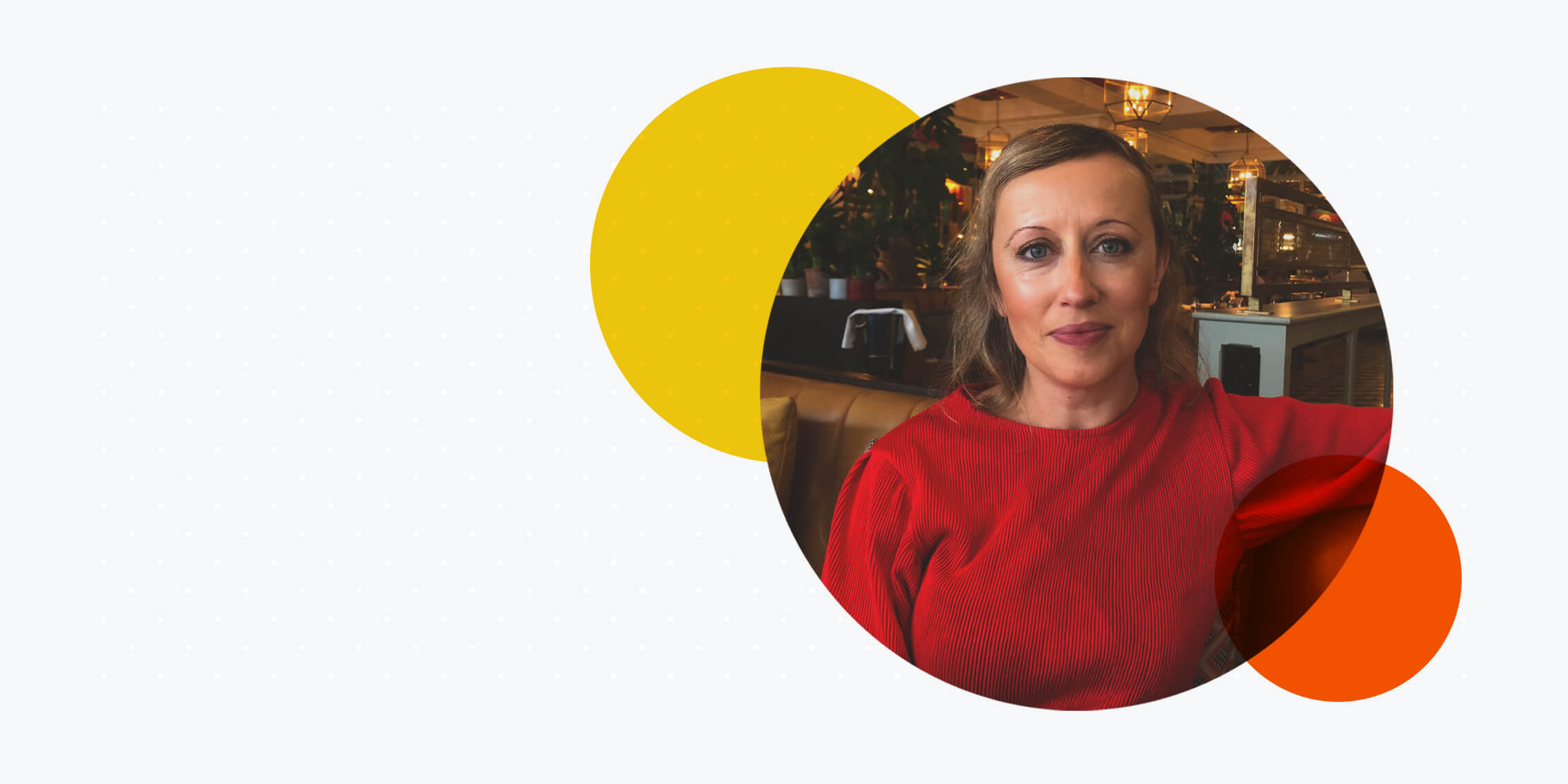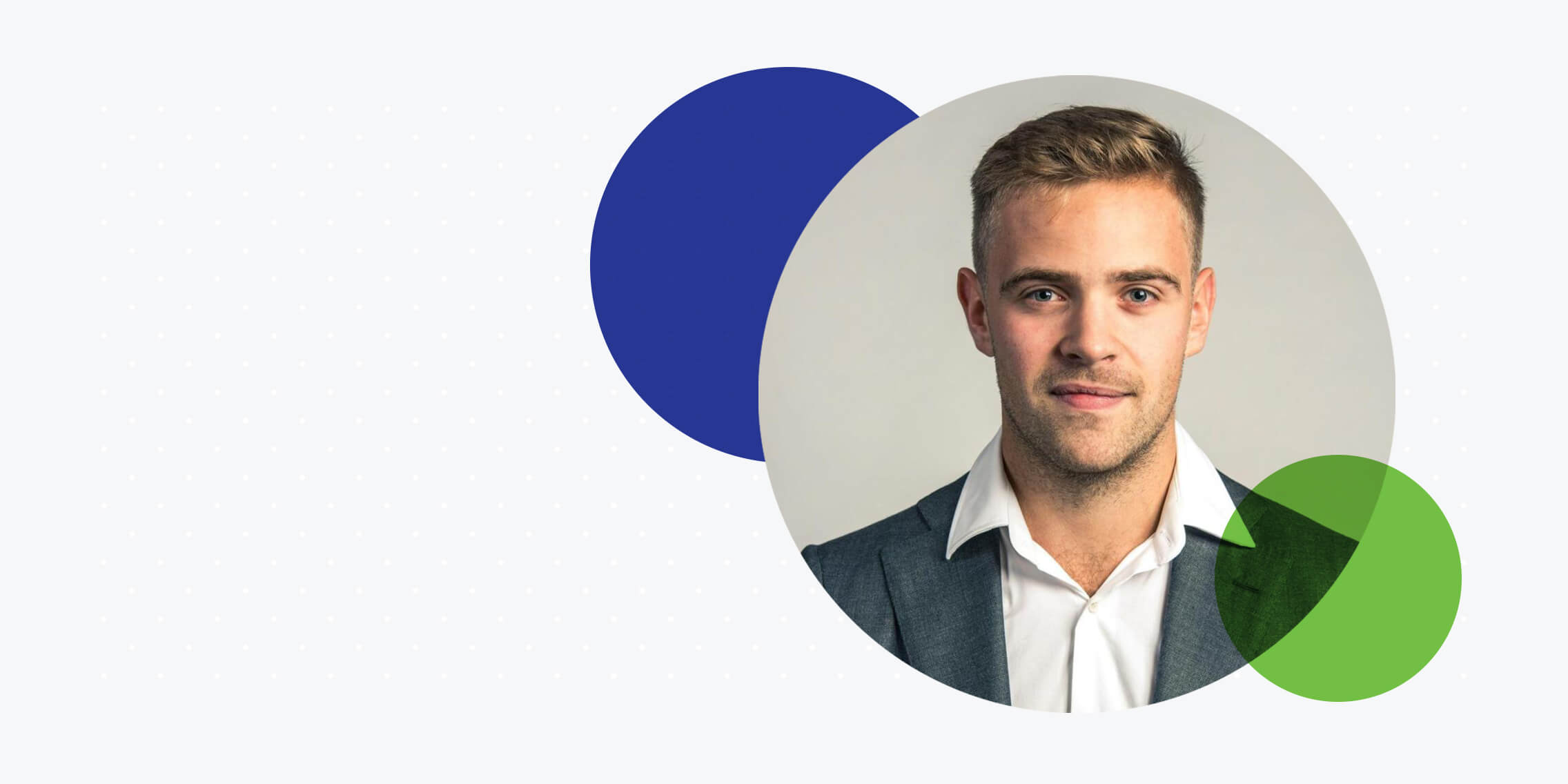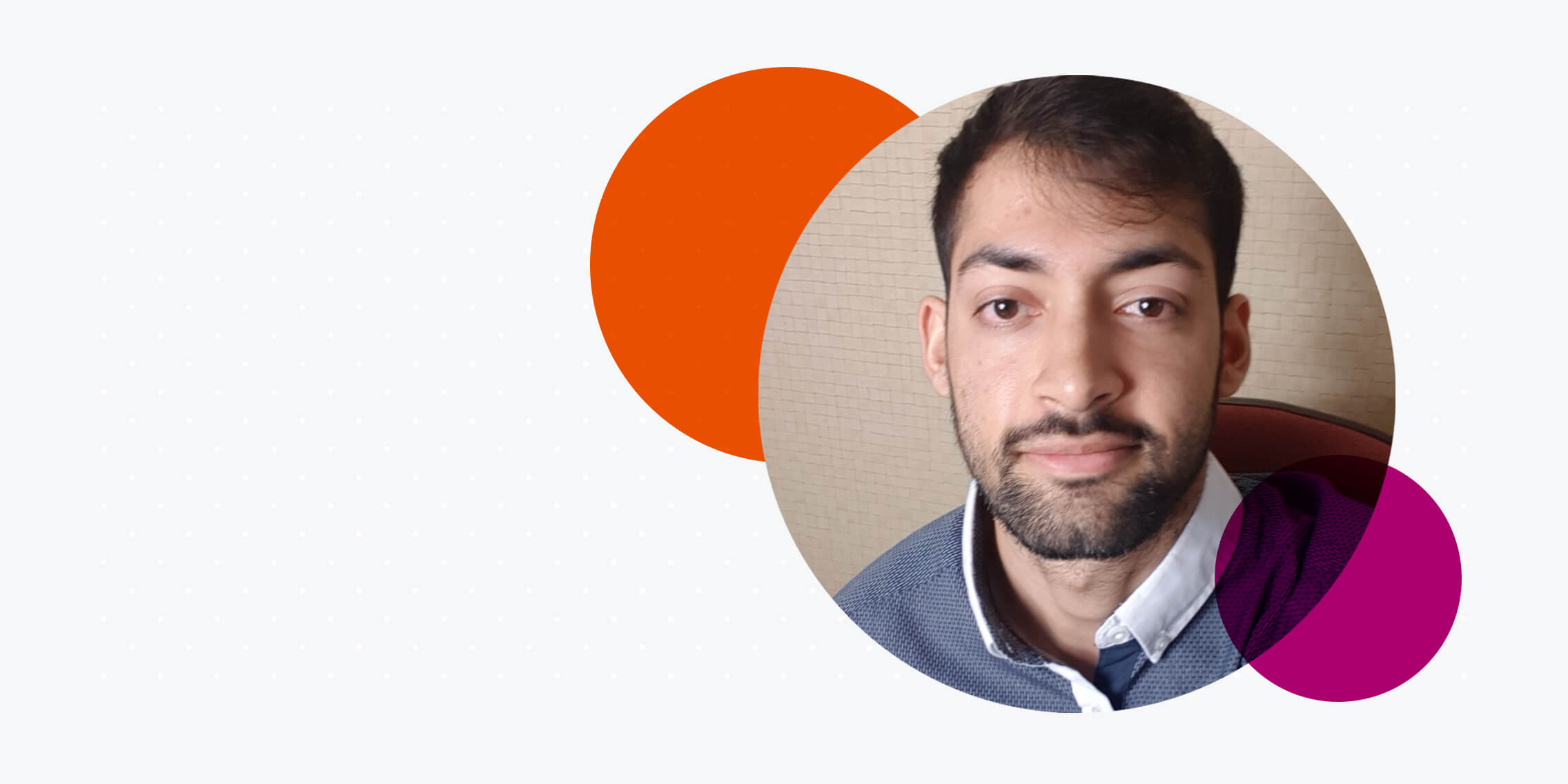Our Professional Diploma helped Carla to become a UX designer at her agency.
She wanted to have the same deep knowledge of UX as her colleagues in hopes of making a bigger impact at work.
Carla told us why her employer invested in her career development, and how she’s applying what she has learnt from the diploma to real world projects.
What’s your career background?
I’ve worked as a graphic designer since 1997, but when I moved to Norway, I wanted to learn web design. So, I studied information systems and visual communication. I came out of that degree wanting to focus on the visual communication side of web design.
I realised that web design involves UX research and UX design and that visual design is just one part of this. It felt natural for me to move to UX.
I’m in my 40s now, and I knew that I didn’t want to be a web and graphic designer for the rest of my career.
Why did UX appeal to you?
It was the psychological side of UX. Designing is very different when we include users and ask for their input – you’ll realise that not everyone thinks the same and that users have different needs and goals.
UX designers focus on data and listening to users instead of designing and guessing what are their needs. I think UX is so interesting because I really like listening to users, learning how they think, and learning how they use a product.
Why did you choose the Professional Diploma in UX Design?
I work in an environment where people have a lot of knowledge about UX and customer experience. Despite doing UX for many years, I felt I was missing that theoretical part of UX, the basics.
My boss encouraged me to take the course to feel more secure about the UX process and to understand why we work the way we do. Our team is evolving all the time, it’s very important to get that up to date in-house knowledge.
Upskilling is a must if you want to stay relevant in the digital field. Everything is on the web now, it’s digital. If you want to continue working in communications or advertising, you have to continue to upskill yourself as much you can.
What was the course content like?
The Professional Diploma in UX Design was very well structured and easy to follow. I could watch the videos and do the projects at my own pace. The way Colman explains things is very easy to understand, and the examples he uses in the course were very useful too.
The usability test section was very beneficial. I was doing usability testing for one of our clients at the same time as studying about them. This was my first time doing usability testing! I used a lot of information from the course and I made my own scripts for our work project.
How has the course helped you do your job better?
I’m involved in the full UX process at work now. It’s been an eye-opener for me. I used to be so sure that things should work in a certain way, but it’s not until you see what the users’ see that you realise you were totally wrong.
I’m a lot more confident about UX and I can do more things now. I could contribute new things to our UX process too. The tips and recommendations from Colman helped a lot. I used a lot of the course material in real work projects.
I used to be afraid to sit in front of people and interview them, but now I know how to make people feel comfortable. I’m no longer nervous about doing usability tests.
Can you describe your current role?
I’m a UX designer at Metro Branding, a communications agency. I’ve worked here for six years now and I’m really pleased. Before becoming a UX designer at Metro Branding, I worked as a web and graphic design for this company.
We do many things like UX design, UI design, graphic design, communications, video, and many more things. Projects move at a high speed. Everyone has a voice, everyone can contribute.
I’m currently working on a website redesign for a research institute. It’s a big, challenging but fun project, from user research to ideation, prototyping, and testing. We are updating the structure, navigation, UI and content to improve the overall user experience and increase conversion rates. I’m really looking forward to see the results.
My work supports me one hundred per cent in my career. If I’m interested in continued learning, they are happy to help me. I work with highly skilled people, and I learn from my colleagues every single day.
Would you recommend the Professional Diploma in UX Design?
Yes, you should do the course – UX is an exciting thing to learn! Even if you come from a career that has nothing to do with UX, you shouldn’t be afraid of it, especially if you are interested in problem-solving.
It’s a very cool and relevant area, and you’ve got a big chance of getting a job in it because it’s an in-demand field now.
What advice would you give to someone who’s considering taking the course?
If you’re not familiar with UX, it’s going to take some time to think in a different way. You’re not the user. You need to learn how to place yourself in their shoes and understand their way of thinking. That takes time – it’s a process.
Don’t worry if you can’t complete the course in six months. It can take people different times to get through it. Everyone learns differently. If you’re new to programmes like Figma or Sketch, some people might need a day to learn these, others might need two weeks.
Do the recommended reading. Some of the books are absolutely necessary!




